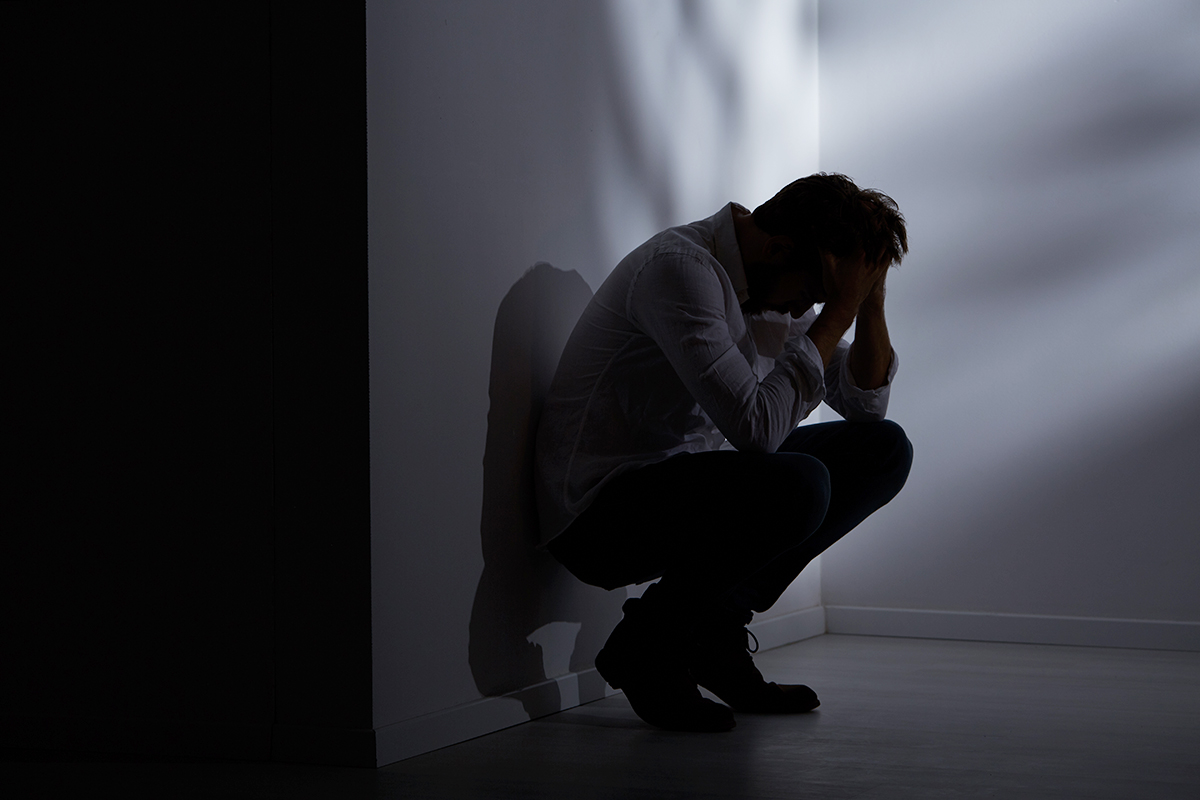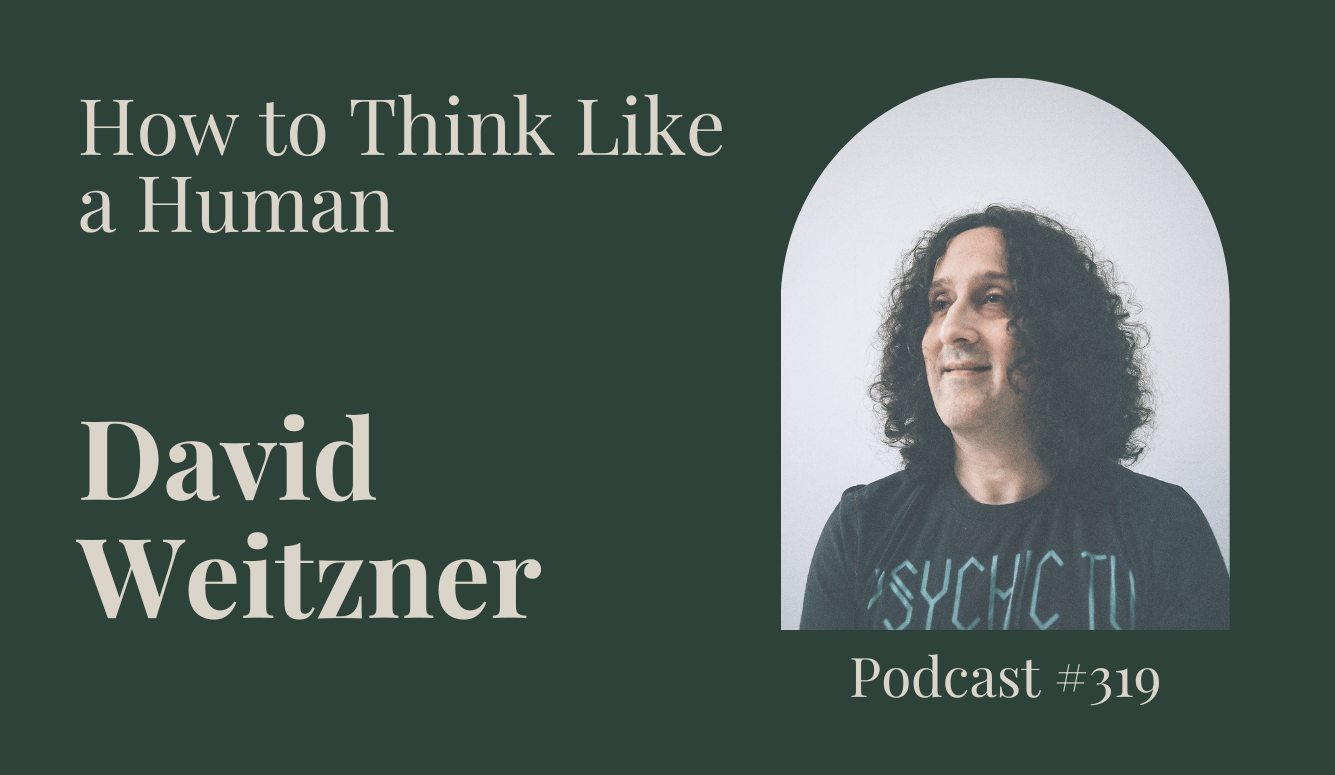depression
Time to Stop Using Suicide For Political Point-Scoring
The higher the suicide rate in the group you’re advocating for, the greater your moral clout.

The writer and influential feminist Chidera Eggerue caused outrage recently when she callously dismissed the problem of male suicide. In response to a question she had received from an audience member about why “some men have it so hard,” Eggerue wrote in a series of tweets that she didn’t “have time to think about the reasons why the system you created at my expense to benefit you is now choking you. If men are committing suicide because they can’t cry, how’s it my concern?”
Eggerue later apologized for her comments, but not before her tweets had gone viral and triggered a predictable backlash, including from some feminists. The Guardian’s Zoe Williams described Eggerue’s attitude towards men as “anti-feminist, anti-humanist, anti-intimacy, anti-everything I care about.”
This uproar is part of a larger conversation about the gendered nature of suicide. It is well known that men are more likely to die by suicide than women are. The exact figures vary from country to country, but worldwide the suicide rate for men is almost twice as high as that for women. This imbalance is particularly marked in the Western world.
Widespread concern over the risk of suicide in men—particularly young men—has led to the creation of organizations such as the UK-based CALM (the Campaign Against Living Miserably), a charity that works to reduce the rate of male suicide. Campaigners hope that by encouraging men to talk about their emotions, they can persuade more men to seek help rather than taking their own lives—although there’s no research evidence connecting a lack of openness to suicidality.
Of course, many anti-feminists go much further than calling for extra support services for vulnerable men. Suicide is one of the most important issues in Men’s Rights Activism (MRA), whose adherents insist that the higher suicide rates are evidence that men are an oppressed class. The most extreme MRAs attribute male suicides to the persecution of men by feminists and their allies.
Most commentators neglect the fact that, although men are significantly more likely to die by suicide, women are two to four times more likely to attempt suicide. This paradox is explained by the fact that most suicide attempts fail, and the failure rate varies according to method. Men are more likely to choose violent methods, while women are more likely to take overdoses. Violent methods are more likely to result in death, hence the skew.
This isn’t intended as a “gotcha” to the anti-feminists. Well, it is a bit I suppose—I am tired of hearing people bang on about suicide statistics when they’re ignorant of the facts. But I don’t think this data tells us anything at all about the degree to which men and women are oppressed or mistreated. In fact, I don’t think that suicide statistics shine much light on the political status of any group.
The fact is that suicide is an exceptionally complicated phenomenon. Some of the risk factors will come as no surprise: depression, addiction, psychosis, physical ill-health, personality disorders, trauma, bereavement, and extreme isolation all increase the likelihood that someone will make an attempt on their life. We don’t need sophisticated data analysis to tell us that people suffering from any of these problems are more likely to be suicidal.
But it’s easy to fall into the trap of thinking there is a straight line between suffering and suicide. The statistics tell a different story. If there was a simple connection then we would expect the poorest, most war-torn, most authoritarian parts of the world to have the highest suicide rates, but that’s not the case. The highest rates are found in East Asia and the former Soviet Bloc, and the lowest in the Caribbean and the Middle East. Although it’s not uncommon to hear suicide linked to economic inequality, the opposite may in fact be true—more equal countries seem to have higher rates.
Within societies, ethnicity has an effect on suicide rates, but not necessarily in the way you might assume. In the U.S., for instance, Native Americans have a much higher suicide rate than the general population. Native Americans are also poorer than average, often suffer from discrimination, and, historically, have been the victims of oppression, so a higher level of suicide might be expected. But then black Americans suffer from the same disadvantages, and yet have a lower suicide rate than average.
Then there are the really unexpected factors. You might expect suicide rates to rise during wartime, since trauma and bereavement are the inevitable results of conflict. In fact, suicides are often less common during wartime, supposedly because these periods can involve a greater sense of unity and collective purpose, reducing the loneliness of desperate people. Suicide rates consistently increase in Springtime—when I was trained to respond to suicidal callers on a crisis helpline I was told that severely depressed people sometimes find that the arrival of Spring gives them a bit more energy, and they may use that energy to make an attempt on their lives. Obese people seem to be less likely to die by suicide and we don’t really know why—it could be due to hormonal changes that affect impulsivity, although that’s little more than a guess.
The single most effective way of reducing suicides is not better healthcare provision, or community support, or charitable services—although all of these things are important— but removing the means. In the U.K., suicide rates plummeted during the 1960s as domestic gas supplies were changed, making it more difficult for people to kill themselves by putting their heads in the oven. Similarly, gun ownership hugely increases the risk of suicide. When it becomes more difficult for people to kill themselves, they’re more likely to reconsider their decision and seek help.
The writings of French sociologist Émile Durkheim remain influential in the study of suicide. Durkheim’s innovation was to suggest that suicide was the result, not only of an individual’s psychology or life circumstances, but wider social forces. Although later critics have identified significant flaws in his work, this central idea has persisted.

Durkheim created a detailed typology, categorizing suicides based on the reasons behind them. For instance, he suggested losing one’s sense of identity might lead to dislocation, anguish, and ultimately the desire to kill oneself. So being fired, getting divorced, or being displaced by a significant societal upheaval might lead to despair, no matter how fortunate you were before your life was upended. These forms of suicide do not fit neatly into a contemporary social justice model of privilege and oppression. It’s simply not the case that people at the bottom of the intersectional hierarchy are more likely to commit suicide.
Although historically suicide has often been stigmatized and even criminalized, there are some forms that are considered noble. This is particularly true of what Durkheim referred to as “altruistic suicides:” when someone gives up their life for the sake of another. Japan has long carried a reputation for tolerating and even romanticizing suicide—the country is sometimes referred to by the Japanese as a “suicide nation”—and ritualized forms of suicide such as Kamikaze and seppuku have become famous in the West. Japanese rates of suicide are indeed high, although not as high as in some other countries. Plus, it’s worth remembering that Westerners also glorify certain forms of suicide. Think of the Irish Republican hunger strikers, most famously Bobby Sands, who benefitted from an association with religious martyrs. Many celebrities have killed themselves in tragic circumstances and become sanctified by their fans afterwards. The figure of the valiant soldier giving up his life for his country is by no means unique to Japan—it can be found in some form in most cultures, perhaps all.
Like all people, the desperately unhappy are buffeted by social forces that may push them towards suicide or away from it. The romanticizing of some forms of suicide may contribute to this, as can large-scale political and economic events. But when people kill themselves it is always because of a host of factors in combination. It is a mistake to make any simplistic claims about why an individual might have been driven to suicide, still less a whole group of people.
All too often commentary on suicide flattens the complexity of the issue. This is true not only of the discussion around male suicide rates, but also around a host of other phenomena: welfare cuts, social media, and school bullying, to name just a few.
Nowhere is this more apparent than in the reporting on the risk of suicide among transgender people. You will often hear that a shockingly high proportion of trans people will attempt suicide at some point in their lives—a figure of 41 percent is often cited. Fortunately, this is not true—such figures are the result of surveys that allow participants to self-select, and are then presented as sacrosanct by researchers and journalists who are sympathetic to the trans cause. Susie Green, CEO of the U.K. charity Mermaids, has made some alarming claims about the suicide risk for trans people, citing attempt rates as high as 48 percent among trans youth receiving treatment from the NHS. Michael Biggs, a sociologist at the University of Oxford, investigated these claims and found them to be misleading.
Nevertheless, it is true that trans people are disproportionately likely to die by suicide, even if the risk is not as high as some campaigners claim. There are a number of factors at play here, one of which may be discrimination. Like lesbian and gay teenagers, young trans people are at risk of being rejected by their families and ostracized by their communities, particularly if they come from extremely conservative backgrounds. As Durkheim observed, being cast out of your social group can lead to a particularly acute form of suffering that might contribute to suicidal inclinations.
There are also other factors that trans activists are less willing to discuss. Trans people are highly likely to suffer from mental ill-health and transitioning does not necessarily help—in fact, giving children puberty blockers may well worsen suicidal feelings. We shouldn’t assume that this psychological distress is wholly the result of discrimination. It’s important to remember that people choose to transition for a variety of reasons, and that people with existing mental health problems may be more likely to transition, hoping that a radical identity change might be the solution to their unhappiness. We also know that autistic people are hugely over-represented among trans teenagers—one study found that 35 percent of young people being treated for gender dysphoria met the criteria for moderate to severe autism, and autistic people have a suicide rate eight times higher than the general population.
“Would you rather have a living daughter than a dead son?” is a question often used by trans activists of parents who are reluctant to see their children undergo irreversible medical procedures. The belief that, without access to medical transition, trans people are certain to kill themselves is an important driving force in the rush towards uncritical acceptance of activist demands.
Not only does this approach ignore the data, it is actively harmful. Telling trans people that, without immediate medical treatment, they will almost certainly be driven to suicide makes that outcome more likely. We have known for a long time that suicide is contagious, particularly among the young. The so-called “Werther effect” is named for the protagonist in Goethe’s The Sorrows of Young Werther, a novel which reputedly inspired a wave of copycat suicides. Research suggests that as many as five percent of youth suicides may be influenced by contagion. It is for this reason that the Samaritans publish media guidelines for reporting on suicide. Crucially, they insist that the issue should never be over simplified, since “it is important not to brush over the complex realities.” Irresponsible discussion of suicide risks pushing vulnerable people towards ending their lives.
There is a widespread tendency to view suicide through a political lens. The higher the suicide rate in the group you’re advocating for, the greater your moral clout. Of course, politics can sometimes be a part of the picture, but it’s dangerous to suggest that it is the only factor. People who die by suicide are all unhappy, but not all unhappy people die by suicide. This is a complex issue that merits a sensitive and reasoned approach. There is no room for political point scoring.






